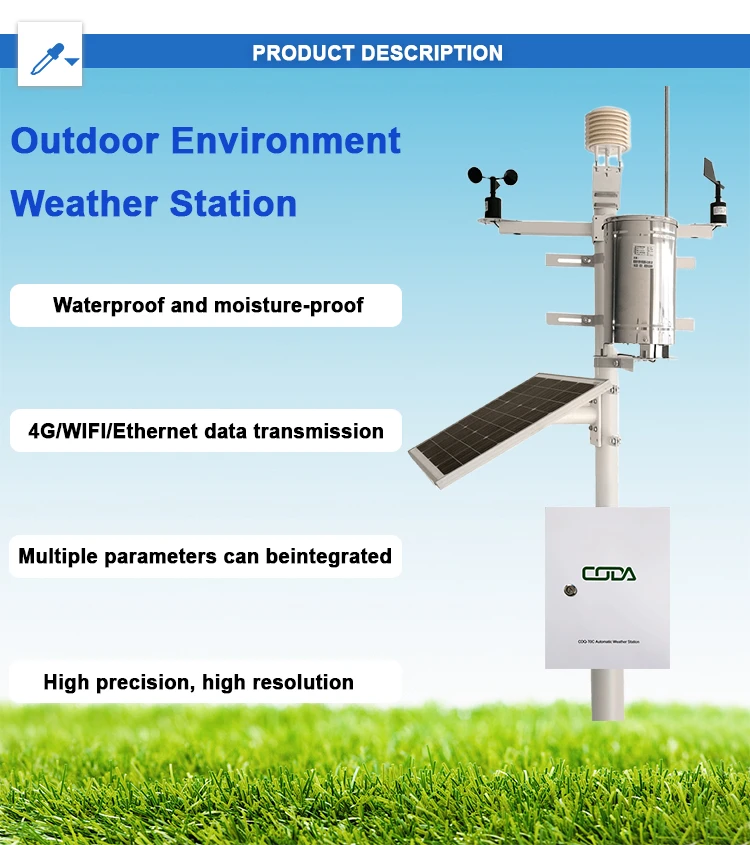
# Automatic Weather Station: Definition and Functionality
## What is an Automatic Weather Station?
An automatic weather station (AWS) is a modern meteorological system designed to collect and transmit weather data without requiring constant human intervention. These stations are equipped with various sensors that measure atmospheric conditions such as temperature, humidity, wind speed and direction, rainfall, barometric pressure, and solar radiation.
Unlike traditional weather stations that rely on manual observations, AWS units automatically record and process data at predetermined intervals, typically ranging from every minute to hourly measurements. The collected information is then transmitted to a central database or directly to users through various communication methods.
## Key Components of an Automatic Weather Station
An AWS typically consists of several essential components:
– Sensors: Specialized instruments that measure specific weather parameters
– Data logger: The “brain” of the system that collects and stores measurements
– Power supply: Usually solar panels with battery backup for continuous operation
– Communication system: Transmits data via radio, cellular, satellite, or wired connections
– Mounting structure: Supports and protects the equipment from environmental factors
## How Automatic Weather Stations Function
The functionality of an AWS follows a systematic process:
1. Environmental sensors continuously monitor atmospheric conditions
2. The data logger collects measurements at programmed intervals
3. Collected data is processed and quality-checked
4. Information is stored locally and/or transmitted to a central server
5. Data becomes available for analysis, forecasting, and various applications
## Applications of Automatic Weather Stations
AWS technology serves numerous purposes across different sectors:
– Meteorological forecasting and climate research
– Agriculture and irrigation management
– Aviation and marine operations
– Disaster warning systems
– Renewable energy production monitoring
– Urban planning and environmental studies
## Advantages of Automatic Weather Stations
The implementation of AWS offers several benefits over traditional weather monitoring methods:
– Continuous, real-time data collection
– Reduced human error in measurements
– Operation in remote or hazardous locations
– Cost-effective long-term monitoring
– High temporal resolution of weather data
– Easy integration with other monitoring systems
As technology advances, automatic weather stations are becoming more sophisticated, with improved accuracy, smaller footprints, and enhanced connectivity options. These developments make AWS solutions increasingly valuable for both professional meteorologists and various industries requiring precise environmental data.
Keyword: what is automatic weather station